AWS Glue-Unleashing the Power of Serverless ETL Effortlessly
ProjectPro
JUNE 6, 2025
It offers a simple and efficient solution for data processing in organizations. It offers users a data integration tool that organizes data from many sources, formats it, and stores it in a single repository, such as data lakes, data warehouses , etc., where it can be used to facilitate business decisions.




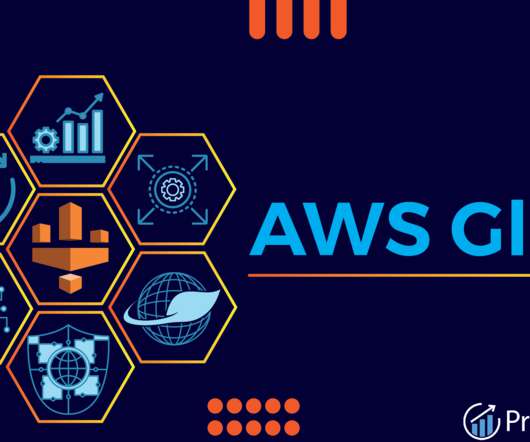


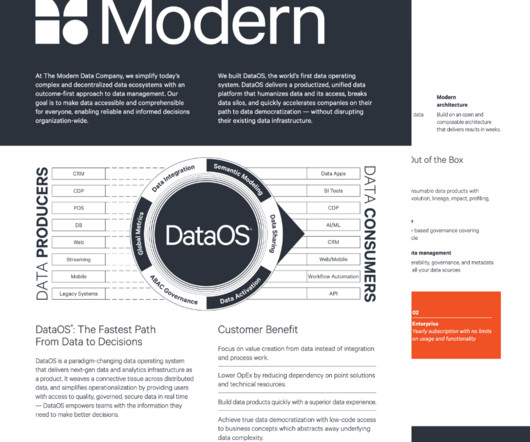


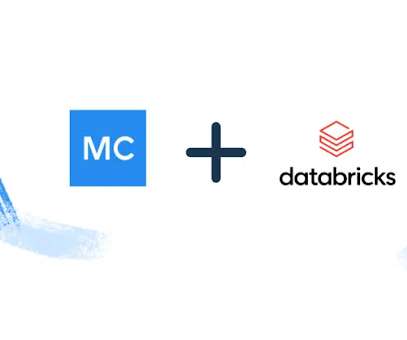
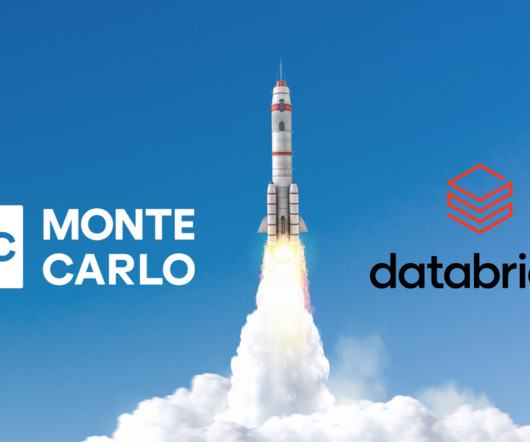



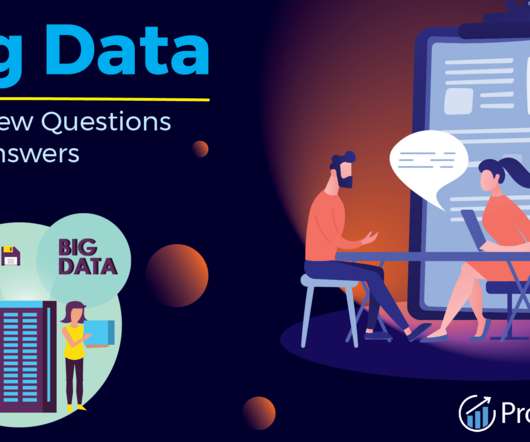









Let's personalize your content